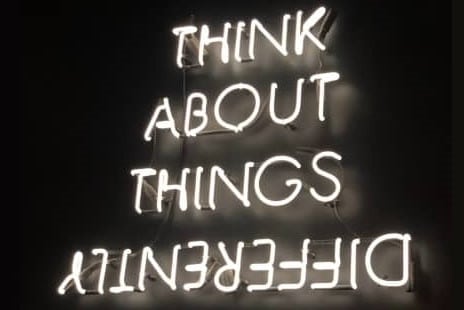What SME leaders must consider to acquire clients, drive B2B sales and recovery
Your SME has survived the past 5 months of the pandemic – probably one of your most challenging times ever.
However, you are not “out of the woods” yet. As business appears to be resuming on various levels, you and your team are now trying to figure out how best to move forward and you are pondering key questions such as:
- What do business buyers want now?
- Do we need to change (aka “pivot”) our offerings? Our business model?
- What’s in store for our industry?
To help you determine what your SME should do, be sure to take consider 3 trends that will shape your SME’s future.
The 3 trends you need to know for your SME to survive and thrive
Increased protectionism
The pandemic has resulted in increased scrutiny regarding safety as well as the movement and handling of goods by clients, employees and consumers alike.
This may result in your SME having to consider new sources for supplies, equipment either from other overseas locations or locally.
I recommend you do some scenario planning to understand the potential impacts it could have on your business.
Accelerated pace of change
The pace in which SMEs like many other businesses adjusted very quickly in order to keep their operations going by working from home, hosting virtual events and conducting meetings via the likes of Zoom, clearly demonstrates how quickly we can adapt to change. This will continue.
To help ensure your SME’s survival and longevity, your SME’s planning cycle will need to change as business and economic conditions change. You and your teams should be reviewing your strategy and key initiatives at least every 90 days.
Furthermore, you should also be “listening to the market” and “listening to customers” with the same frequency (90 days) to ensure your strategies, priorities and initiatives are in sync with their needs.
Acceleration of the adoption of digital and automation
The speed of the adoption of digital and automation is increasing and is widespread across numerous industries. This has resulted in increased business customer expectations such as:
- Choice of customer support (e.g. self-service vs directed vs proactive)
- Flexible payment terms
- Timely, relevant business and market insights
In addition, business buyer journeys have also changed with much of the engagement and interaction now occurring through virtual events, meetings, and workshops conducted through video conferencing platforms.
In summary
In order to maintain your current business clients as well as acquire new ones, it will critical that you spend lots of time listening to your business buyers’ needs and providing them with the insights, tools, support and experience they are looking for.

Want to know what business buyers want (and will pay for) during this “New Norm?”
Download your free playbook here to find out!
Related Reading:
The Secret Sauce for a Great Customer Experience in B2B

In B2B, customer experience is becoming not only a prime source of competitive differentiation but also a major factor in the choice of supplier or service provider.
The 3R’s & The Road to B2B Preservation, Prosperity and Growth

Business leaders around the world are starting to consider how they can preserve their business and also prepare to move forward from the devastating impact caused by the pandemic.
